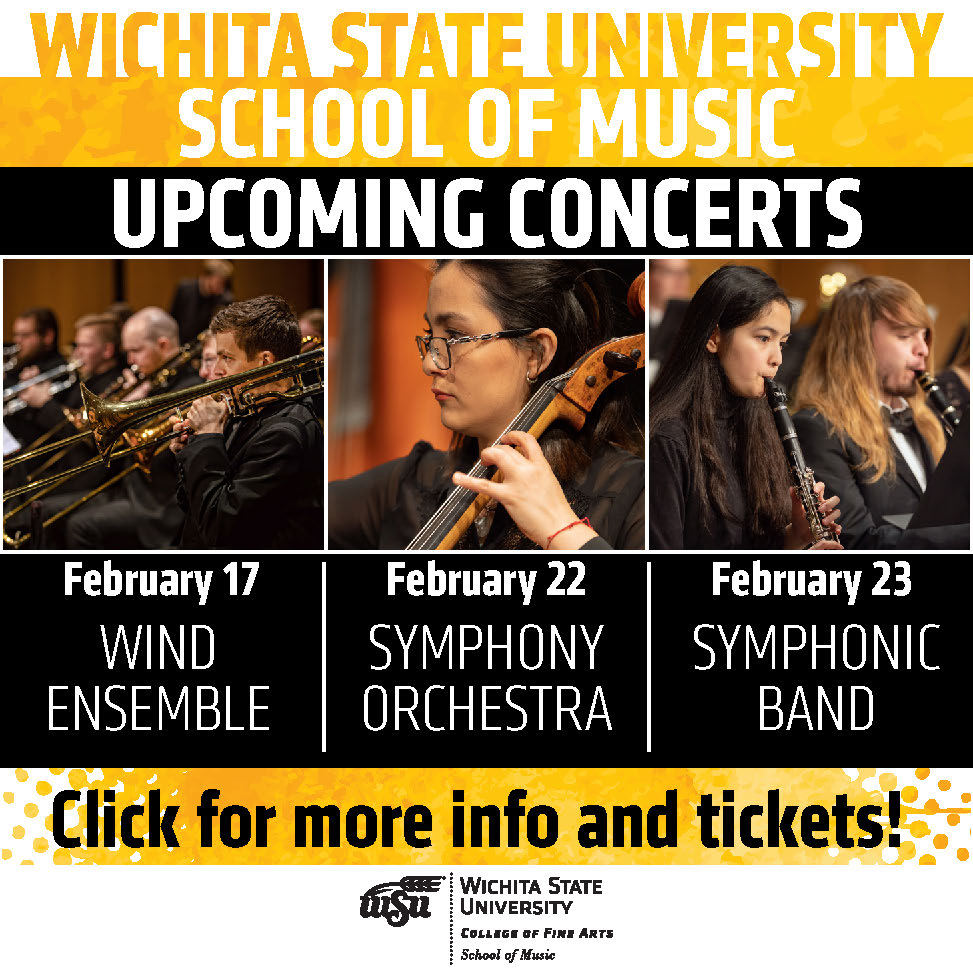JIMMY LÓPEZ BELLIDO
Born in 1978.
Fiesta! Four Pop Dances for Orchestra (2007) (approx. 10’)
First performance by the Wichita Symphony.
Considered "one of the most interesting young composers anywhere today" (Chicago Sun-Times), and an “expert in orchestration” (New York Times) with a distinct voice that is “adventurous and winning” (Denver Post), Jimmy López Bellido composed Fiesta! in 2007 as a commission to celebrate the 100th anniversary of the Lima Philharmonic Society in Peru. The work exists in two versions. The original version, scored for chamber orchestra, is the one we hear today reflecting a decision made in the summer as the Delta Covid variant began to make its mark. Uncertainty at the time about how many musicians could safely socially distance on stage as we eased back into performance determined that we would choose a somewhat smaller orchestra for this weekend. Subsequently, López re-scored the work for large orchestra and premiered that version with the Baltimore Symphony in 2008. Miguel Harth-Bedoya conducted both premieres.
The following notes about Fiesta! are taken from the composer’s website. (https://www.jimmylopez.com/)
During recent years, eclecticism has become an important part of my musical language. The challenge of creating musically sensible interactions out of the juxtaposition of apparently incompatible musical sources -some of which result in unexpected contrasts-fascinates me. ‘Fiesta!’ draws influences from several musical sources including: European academic compositional techniques, Latin-American music, Afro-Peruvian music and today’s pop music. It utilizes elaborate developmental techniques while keeping the primeval driving forces still latent in popular culture.
Movements one (Trance 1) and three (Trance 2) are connected to each other in spirit and form. Both start energetically, feature slow passages and lead to the following movement by means of open endings. The word trance belongs to the realm of techno music. Techno is a form of electronic dance music which generally makes use of hypnotic and repetitive rhythms. I also use the word ‘trance’ in its original meaning, thus trying to convey the hypnotizing state achieved while listening to a constantly shifting melody against a static background, much like in Hindu music, where melodies unfold through a series of melismas against a pedal note and over a span of several minutes.
Movements two (Countertime) and four (Techno) are conclusive in character 2 and keep high levels of energy from beginning to end. Latin rhythms also play an essential part in them; therefore, the percussion section rises to prominence on several passages.
Techno, the fourth and last movement, uses Latin-American rhythms such as merengue.
This is the first piece where I have made explicit use of elements from popular music, but it is certainly not the first time it’s being done. Composers from the past, especially during the baroque, would write suites that would consist of a series of dances with names such as allemande, gigue, sarabande, etc. These dances were very popular at European courts: the nobles would gather and dance to the accompaniment of a small instrumental ensemble in residence. Later on, some composers decided to use these dances and make them more sophisticated. That was part of my intention when picking up the genres that I mentioned earlier. I believe they have enough potential to justify further development, but always keeping the primeval driving forces present in them.
© Don Reinhold, 2021
